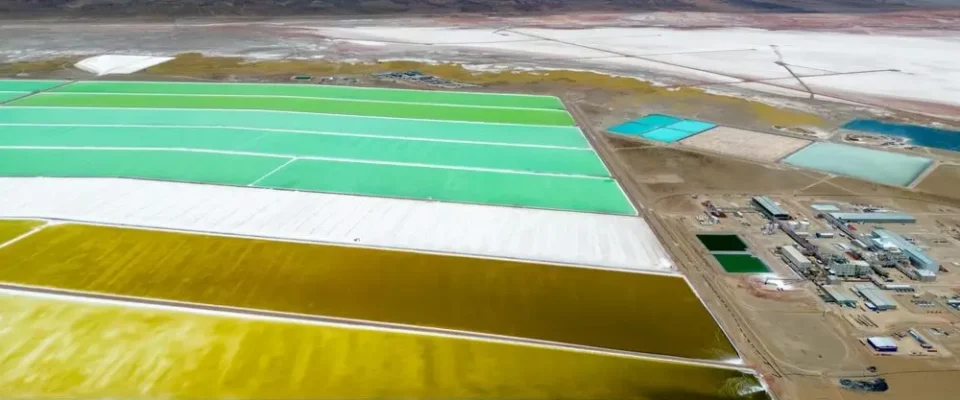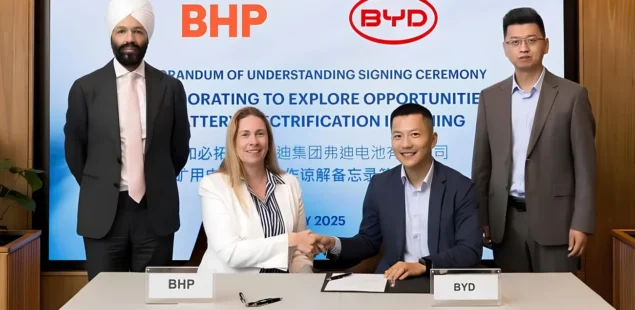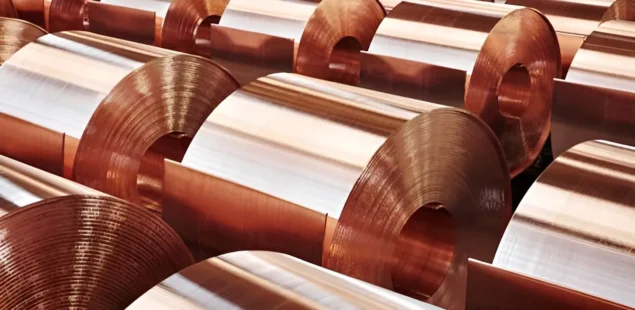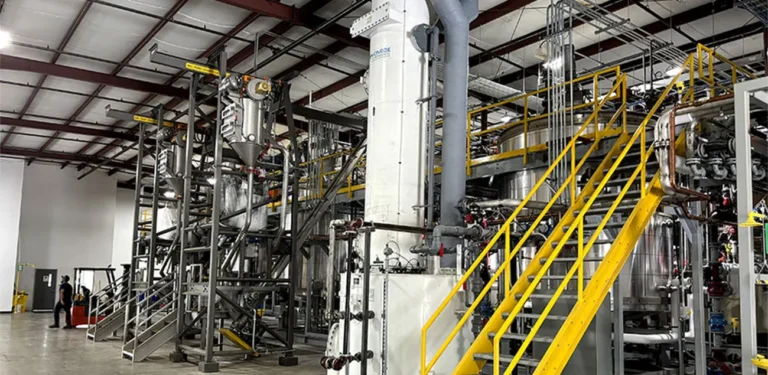
The Global Nickel Market May Face Deficiency in 2025
Various nickel producers anticipate a challenging 2025 due to an oversupply of the metal, largely driven by increased production from Indonesia. However, reports suggest that the Indonesian government may reduce nickel ore mining quotas to 150 million tonnes, down from 272 million tonnes in 2024. If these reductions occur, the global market could face a significant supply deficit for nickel products. Currently, the quota stands at 200 million tonnes, with actual production in 2024 reaching 215 million tonnes.
S&P Global Commodity Insights estimates that Indonesia's nickel production in 2024 amounted to approximately 2.2 million tonnes, representing about 56% of global output. This growth is notable, with nickel-containing pig iron output increasing by 7.3% year-on-year to 1.457 million tonnes and nickel matte production surging by 29.1% to 350,000 tonnes.
Wood Mackenzie forecasts a further 7.7% increase in Indonesian nickel production in 2025, bringing the total to 2.4 million tonnes. However, Macquarie warns that if Indonesia cuts mining quotas by 40%, production could plummet by 35% to less than 1.45 million tonnes—a scenario that appears unlikely but would significantly impact the market. Such drastic reductions could disrupt supply chains and lead to sharp fluctuations in global nickel prices, particularly as the metal is critical for electric vehicle batteries, stainless steel production, and renewable energy infrastructure.
Global nickel consumption is expected to grow by 10-12% in 2025, exceeding 2.3 million tonnes, according to Wood Mackenzie. This would reduce the metal's oversupply. However, ING Bank notes that nickel-free batteries are gaining traction, potentially reducing demand for nickel-rich alternatives. Furthermore, economic trends in Europe and possible changes in US electric vehicle subsidies under a new administration could temper demand growth. If subsidies for EVs are reduced, automakers may shift to alternative battery technologies that are less nickel-dependent, further impacting the metal's market dynamics.
Korea Zinc Seeks Opportunities Amid China's Antimony Ban
Korea Zinc is negotiating with US companies to supply antimony following China's export ban on the metal to the US. This ban, introduced in December 2024, was a response to US restrictions on China’s semiconductor industry.
Antimony is crucial for producing ammunition, night vision devices, and batteries. China, the world’s largest antimony producer, accounted for 40,000 tonnes out of the global 83,000 tonnes in 2023. The US, which does not mine antimony domestically, is particularly vulnerable to supply disruptions. Prices for antimony surged by 200% in 2024, with further increases expected.
US companies are exploring options to secure antimony supplies, including projects by Military Metals in Canada and Slovakia and Perpetua Resources’ Stibnite Gold project, supported by a $1.86 billion loan. However, establishing domestic production will take years. Additionally, logistical challenges and regulatory approvals may delay the operationalization of these projects, leaving the US defense-industrial complex reliant on external sources in the interim.
Korea Zinc, one of the world’s largest zinc producers, currently produces 3,500 tonnes of antimony annually. The Chinese ban provides an opportunity for Korea Zinc to increase exports to the US, leveraging rising antimony prices and securing a stronger foothold in the market. By stepping into the gap created by China’s embargo, Korea Zinc can potentially expand its operations and capture a larger share of the critical materials supply chain.
Mitsubishi Joins Aluminium Project in Finland
Mitsubishi Corporation has partnered with Rio Tinto, Vargas, Fortum, and Finnish Industry Investment to develop a low-carbon aluminium production facility in Finland. Fortum will supply electricity for the project, while Rio Tinto will provide AP60 electrolysers, known for their low greenhouse gas emissions.
The feasibility study, managed by Arctial, will guide the decision to construct the facility, which could become Europe’s first new aluminium smelter in over 30 years. The smelter would consume approximately 7 terawatt-hours of electricity annually, sourced from Fortum’s renewable energy plants. Additionally, the project aligns with the European Union’s Green Deal objectives, promoting sustainable and environmentally friendly industrial development.
This project follows Rio Tinto’s $1.1 billion investment in its Canadian aluminium smelter, expanding output by 170,000 tonnes annually. The Finnish project serves as a pilot for further expansion in Europe, potentially challenging competitors like Norsk Hydro. If successful, the partnership could pave the way for additional facilities across the continent, reducing Europe’s reliance on imported aluminium and enhancing the region’s energy transition efforts.
Real Alloy and Altek to Recycle Aluminium Salt Slag
Real Alloy and Altek have announced plans to construct an aluminium salt slag recycling facility in Indiana. The US Department of Energy has committed $67.3 million to the project, with $3 million already disbursed. The facility will process salt slag, a by-product of aluminium recycling that contains up to 30% aluminium, along with iron and silicon oxides.
Altek’s proprietary technology will enable the recovery of aluminium and reusable by-products for industries like steelmaking and construction. Real Alloy, which recycles aluminium scrap across North America, views this project as a revenue growth opportunity amid declining primary aluminium production in the US. Moreover, the initiative reflects broader industry trends towards circular economy practices and resource optimization.
China Becomes the World’s Second-Largest Holder of Lithium Reserves
China’s Ministry of Natural Resources has announced significant increases in the country’s lithium reserves, now ranking second globally behind Chile. Exploration in the Western Kunlun-Sunpan-Ganzi belt and the Tibetan Plateau has uncovered reserves exceeding 20 million tonnes.
Advances in mining technologies, including the processing of lithium mica (lepidolite), have expanded resource potential in provinces like Jiangxi and Hunan. Research into extracting lithium from seawater could further revolutionize the industry. Such innovative approaches underscore China’s commitment to securing raw materials for its dominant lithium-ion battery industry, which powers electric vehicles, electronics, and energy storage systems.
China remains the largest producer of lithium-ion batteries and continues to invest in domestic and international projects to secure raw materials. For example, Ganfeng Lithium’s Goulamina mine in Mali, launched in 2024, produces 506,000 tonnes of spodumene concentrate annually, with plans to double output. This robust investment strategy ensures China’s leading position in the global battery supply chain while addressing its resource dependency.



